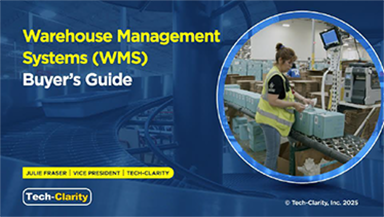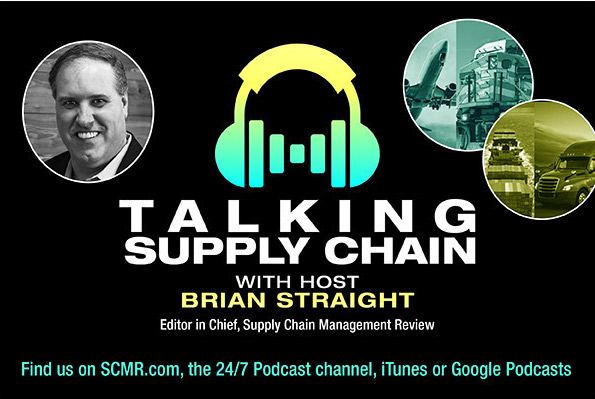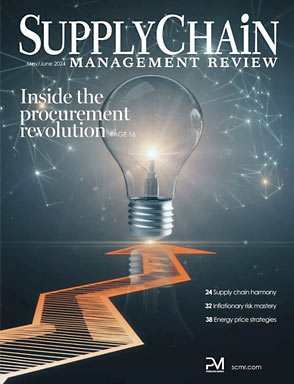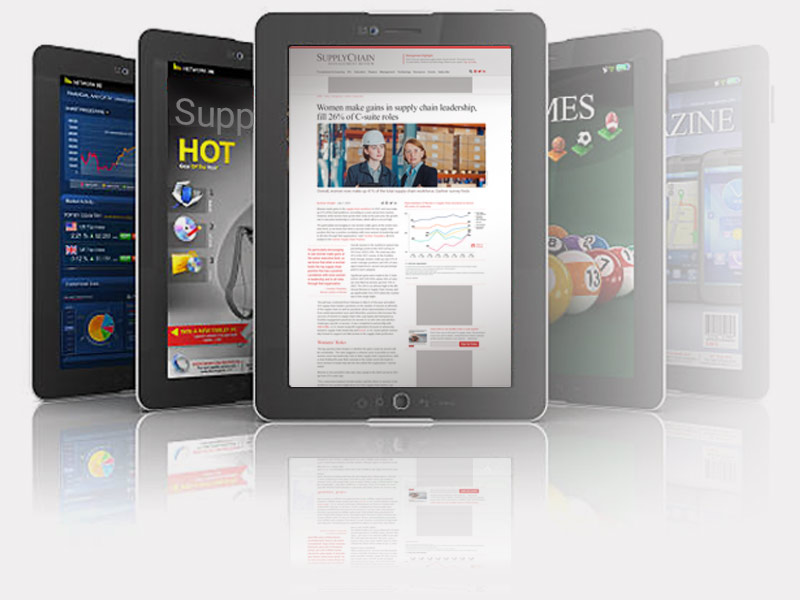What’s the state of cloud computing?
I recently put that question to Ranga Bodla and Roman Bukary, two executives from NetSuite, considered by many to be the largest on-demand provider of ERP solutions.
What sparked the question was an announcement that NetSuite was releasing a demand planning application as part of its latest release. I remember talking to NetSuite when they first came to the market a few years ago, and most of what they had to offer was back office applications, like financials and human resources.
Since then, however, the company has seen increased demand from manufacturers and distributors. “We started out by focusing on the horizontals – the applications that would satisfy a broad set of customers,” Bodla told me. “In the last 18 months, we’ve increased our focus on applications for distribution and manufacturing.”
In the past, many of those applications came from partners, like eBizNet, formerly known as 7Hills, which provided warehouse management functionality, and RootStock, a provider of manufacturing planning software. NetSuite built demand planning inhouse.
“We wanted an application that was built directly on our platform to provide a completely seamless experience to the user,” Bodla said.
Going forward, Bodla said, NetSuite will take a two-pronged approach to applications.
Whenever possible, it will build a broad functional application to meet the needs of 80% of users. NetSuite will work with partners on applications for customers that need deep functionality.
The emphasis on warehousing and manufacturing applications also represents a shift in the makeup of companies interested in NetSuite. “A majority of our customers are now product-based rather than service based,” Bodla said. “They are making and distributing things.”
And, they’re running conventional warehouses and factories. “We’re probably not appropriate for the upper end of the market and most of our customers aren’t yet at that level of complexity,” he said. “We’re not Diapers.com, with mobile robots. We’re comfortable in the mid-range now and we are moving up the scale.”
“We have customers running 200,000 and 300,000 square feett warehouses that are comfortable with their software in the cloud,” he added. “It’s appropriate, scalable and efficient for most needs.”
SC
MR

More Cloud
- Uber Freight’s Val Marchevsky to deliver Keynote at NextGen Supply Chain Conference
- Breaking barriers in B2B forecast sharing: How sFTP automation is reshaping supply chain data exchange
- We cut shipping document costs by 98% and turnaround time by 99%: Here’s how
- Last call for speaker abstracts, award submissions for NextGen Supply Chain Conference
- Targeted automation offers an entry into the new frontier
- ProMat 2025 show wrap up
- More Cloud
Latest Resources

 Explore
Explore
Software & Technology News
- Employee versus enterprise AI adoption
- Uber Freight’s Val Marchevsky to deliver Keynote at NextGen Supply Chain Conference
- Trust the team, win the customer
- Breaking barriers in B2B forecast sharing: How sFTP automation is reshaping supply chain data exchange
- A conversation on the life sciences supply chain with DHL’s Jim Saponaro
- Data center growth driving new logistics opportunities
- More Software & Technology
Latest Software & Technology Resources

Subscribe

Supply Chain Management Review delivers the best industry content.

Editors’ Picks




